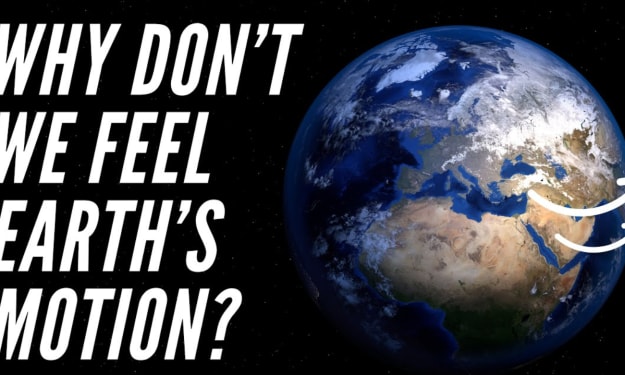What Was Earth Like Before the Dinosaurs
A Journey through Earth's Prehistoric Marvels and the Great Dying

Step into a time machine and journey back nearly 300 million years ago, to a vastly different Earth during the Permian period. This ancient era was marked by a supercontinent called Pangea, surrounded by a vast world ocean known as Panthalassa. The Permian period witnessed a remarkable diversity of life, with giant creatures roaming the lush landscapes. However, this prehistoric paradise was also plagued by dramatic changes and culminated in a cataclysmic event known as the "Great Dying." Join us on this epic journey through time as we explore the fascinating creatures that ruled the Permian world and unravel the mysteries of this catastrophic extinction event.

1. Pangea: Birth of a Supercontinent
The Permian period was characterized by the formation of Pangea, an enormous supercontinent that amalgamated Earth's smaller land masses. Pangea covered approximately one-third of the planet's surface, uniting a variety of ecosystems and fostering the evolution of diverse plant and animal life. During the early Permian, Pangea experienced a warmer and more hospitable climate, with a profusion of vegetation and a rapid proliferation of insects and animals.
2. From Seed-Bearing Plants to Ancient Reptiles
As the Permian period progressed, Earth's volcanic activity shaped the landscape and set the stage for evolutionary changes. The world witnessed the emergence of seed-bearing plants known as gymnosperms, which spread across Pangea. Among the most fascinating creatures of this time was Dimetrodon, a sail-backed reptile that grew up to five meters in length. With its imposing appearance and predatory prowess, Dimetrodon was an apex predator of its time.
3. The Rise of Mammal-Like Reptiles
During the middle Permian, the climate continued to grow hotter, and Earth's average temperature rose to around 25 degrees Celsius. Mammal-like reptiles, called therapsids, began to dominate the landscape. These creatures exhibited diverse characteristics and behaviors, ranging from the omnivorous Deuterosaurus to the carnivorous Lycanops. As life flourished on land, the oceans teemed with ancient sharks and bony primitive fish.
4. The Late Permian and the Great Dying
Towards the late Permian, Earth underwent significant climatic shifts, with temperatures soaring to approximately 28 degrees Celsius. Volcanic activity escalated, leading to massive amounts of ash and greenhouse gases being released into the atmosphere. The combined effects of these events led to a catastrophic mass extinction event known as the "Great Dying." This event wiped out nearly 90% of all plant and animal life, making it the most devastating extinction event in Earth's history.
5. The Aftermath and Legacy
The aftermath of the Great Dying was a desolate and harsh world, with over 95% of marine species and more than 70% of land animals extinct. The once-thriving ecosystems were left in ruins, and it took millions of years for life to recover and new species to emerge. The Permian period marks a pivotal chapter in Earth's history, shaping the course of evolution and the emergence of new life forms.

The Permian period was an era of dramatic transformation, with Earth's supercontinent, Pangea, serving as a canvas for an extraordinary diversity of life. From the awe-inspiring Dimetrodon to the mammal-like reptiles, the Permian world was teeming with life, each species contributing to the intricate web of ecosystems that flourished on the planet. However, this period also witnessed the darkest moment in Earth's history, the "Great Dying," which decimated life on an unprecedented scale.
The Permian period serves as a reminder of the ever-changing nature of our planet and the delicate balance that sustains life. Despite the cataclysmic events that occurred during this era, life ultimately persevered and paved the way for new chapters in the story of Earth's biodiversity.
As we continue to unravel the mysteries of our planet's past, it becomes evident that we are part of a grand narrative of evolution and resilience. The lessons from the Permian period should inspire us to be mindful of the impact we have on the environment and to strive for a sustainable future that ensures the survival of Earth's diverse and magnificent life forms. Through the study of Earth's prehistoric marvels, we gain insights into the past, present, and the possibilities that lie ahead in the journey of life on our ever-changing Blue Marble.






Comments
There are no comments for this story
Be the first to respond and start the conversation.